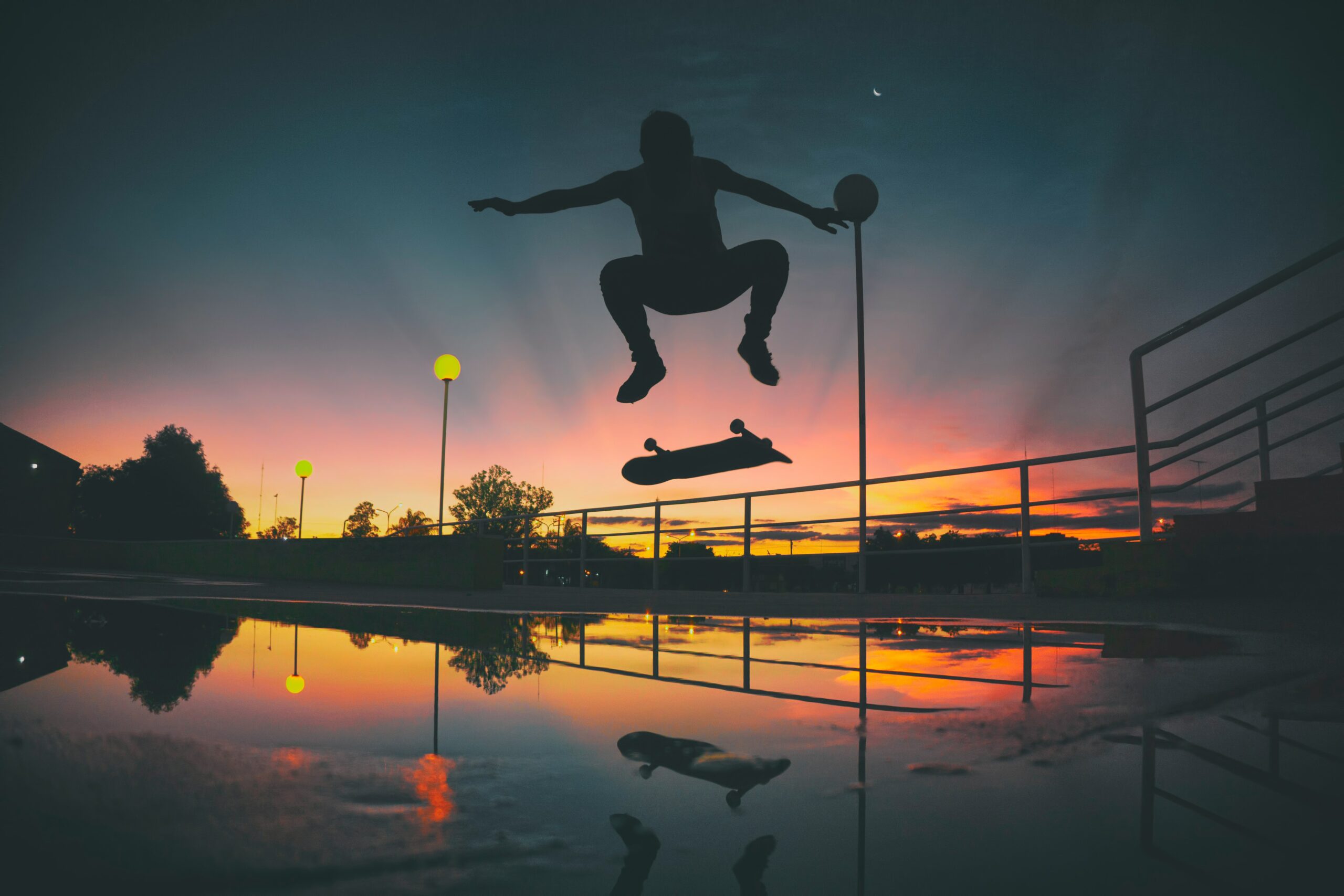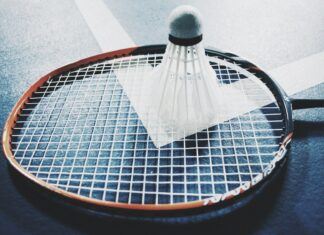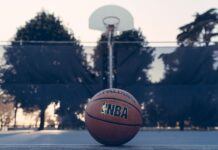Snowboarding is indeed a fun activity to participate in but does come with some dangers that you should be conscious of. Restoring from a mountain biking trip with such a fractured ankle or twisted ankle will be the worst. We’ll go through a few broad safety precautions you should take to reduce the risk of sustaining ice-skating injuries to avoid.
Please ensure you’re in good condition until you go skiing. Prepare for your snow sports trip by planning a workout that will improve coherent data and muscle mass. Perseverance and muscular endurance are particularly important in avoiding injuries.
Snowboarders
Wear long sleeves that don’t restrict your mobility and are appropriate for the weather. You don’t like to be clumsy and therefore unable to walk about freely. When you can’t pass, you won’t be able to snow.
Heat cool like you would with any other physical event. Start taking the time to get ready and relax before skiing to better prepare your fight or flight response.
A hand injury is by far the most common injury suffered by snowboarders. Falling is more common when rock climbing. A normal reaction to a drop is to reach out such a hand and prevent the fall, although falls happen more frequently.
Colles fractures are caused by that one. Scaphoid or wrist fractures are fairly common amongst hockey players, with almost 100,000 wrist aftereffect each year. Forearm guards are recommended for snowboarders because they reduce the risk of a wrist injury during drops. Head injuries are another common ailment that can have severe consequences.
Helmets reduce the risk of mild head injuries in reduced collisions. If you go snowboarding hunting, make sure to have both of them.
Modern Binding
You may believe that this would save you cash, but it could end up costing you thousands of dollars in medical expenses. Borrowing supplies from friends raises the risk of harm greatly. If you’re renting equipment, please ensure you go to a reputable shop. Ascertain that all of the equipment is in good working order. It will help to prevent severe injuries or falls caused by ill-fitting equipment.
If at all necessary,’multi-mode launch bindings as well. One element that has enabled prevent accidents is the excellent release equipped with modern binding.
Every day, identity your bindings. Enforceable self-testing seems to be simple. To loosen the ankle under the method of control, step through the binding then twist to both the right. Having stepped through into connection and bending forward before release that heel-piece may be used to evaluate the heel. If correctly balanced, both toe or heel should really be able to separate.
The Final Suggestion Is To Obey The Fis Guidelines For Snow Sports Conduct.
-
Showing Consideration For Others
A skier and snowboarder should act in a manner which does not put anyone in risk or bias them.
-
Variable Speed And Ski / Snowboarding
A skier and snowboarder should maintain control when moving. He should adjust his skiing and snowboarding intensity and technique to his own abilities, and also the landscape, snow, including wind patterns, and also the volume of traffic.
-
Route Selection
A rider or snowboarder approaching head back must plan his path so as to not threaten skiers and snowboarders instead of him.
-
Passing By
A skier and snowboarder can pass another rider or rock climber higher or lower, towards the left side, as long as he allows enough room for the surpassed skier or rock climber to make some direct or indirect movement.
-
Entering, Beginning, And Ascending
A skier and snowboarder approaching a designated run, restarting after falling, or traveling upward from the mountains must ensure which he could do so without hurting himself others or by looking upwards the mountains.
-
Coming To A Halt On The Piste
A skier and snowboarder should avoid halting on the slopes in item or where vision is limited if it is completely essential.
A skier and snowboarder should move out of the slopes as quickly as possible after just a drop in just such a location.
-
Walking Ascents And Descents
When ascending or falling on feet, a skier and snowboarder must stay to the edge of the slopes.
-
Signs Or Markings Must Be Respected.
Both signals and marks must be obeyed by a skier and snowboarder.
-
Providing Assistance
Any skier and snowboarder has a responsibility to assist in an accident.
-
Recognition
Due to an accident, any skier and snowboarder including witness, not just whether they were at fault, must share home addresses.
think you should learn something from all of these suggestions and you’ll have a nice journey. Return safely to your home and begin planning your next adventure.

















